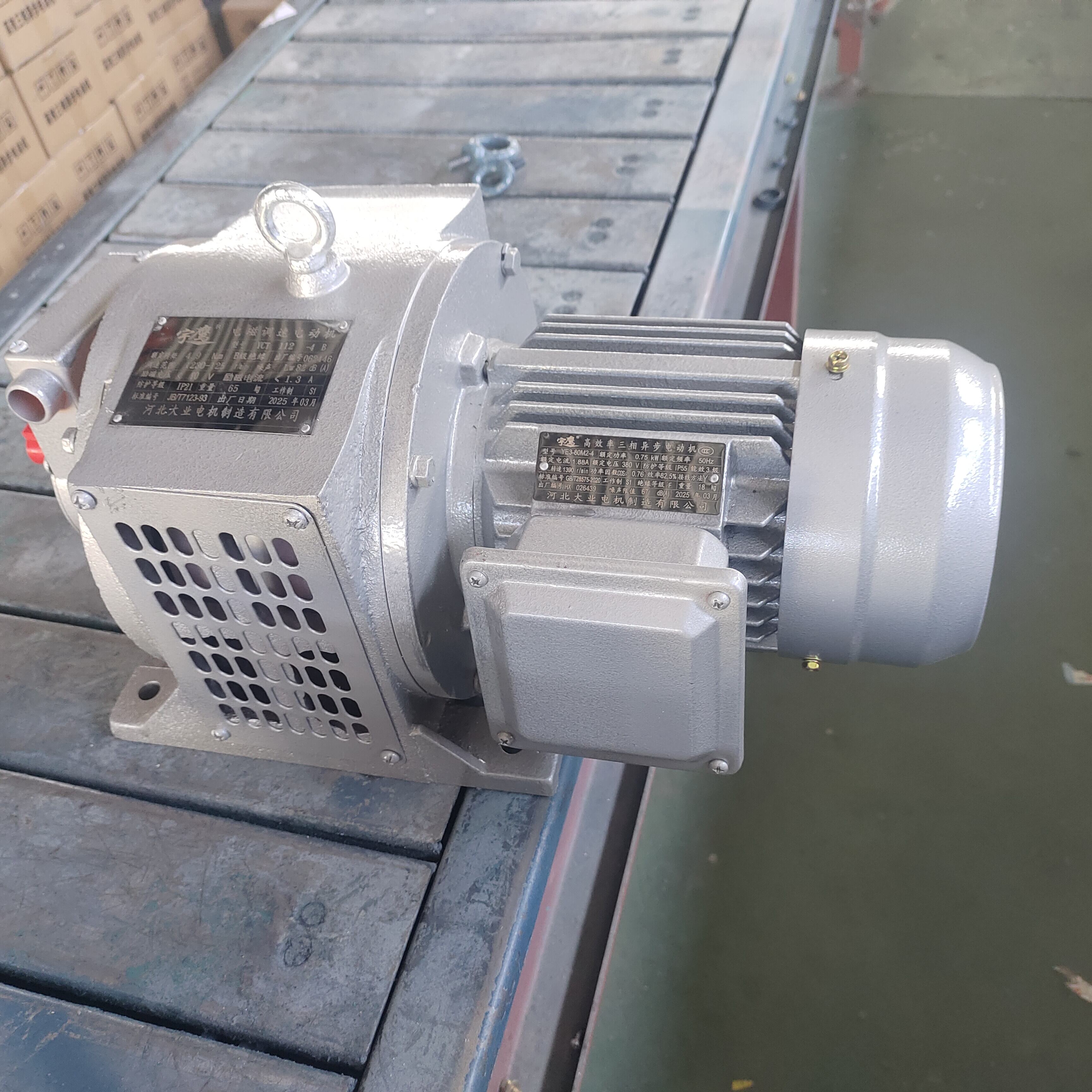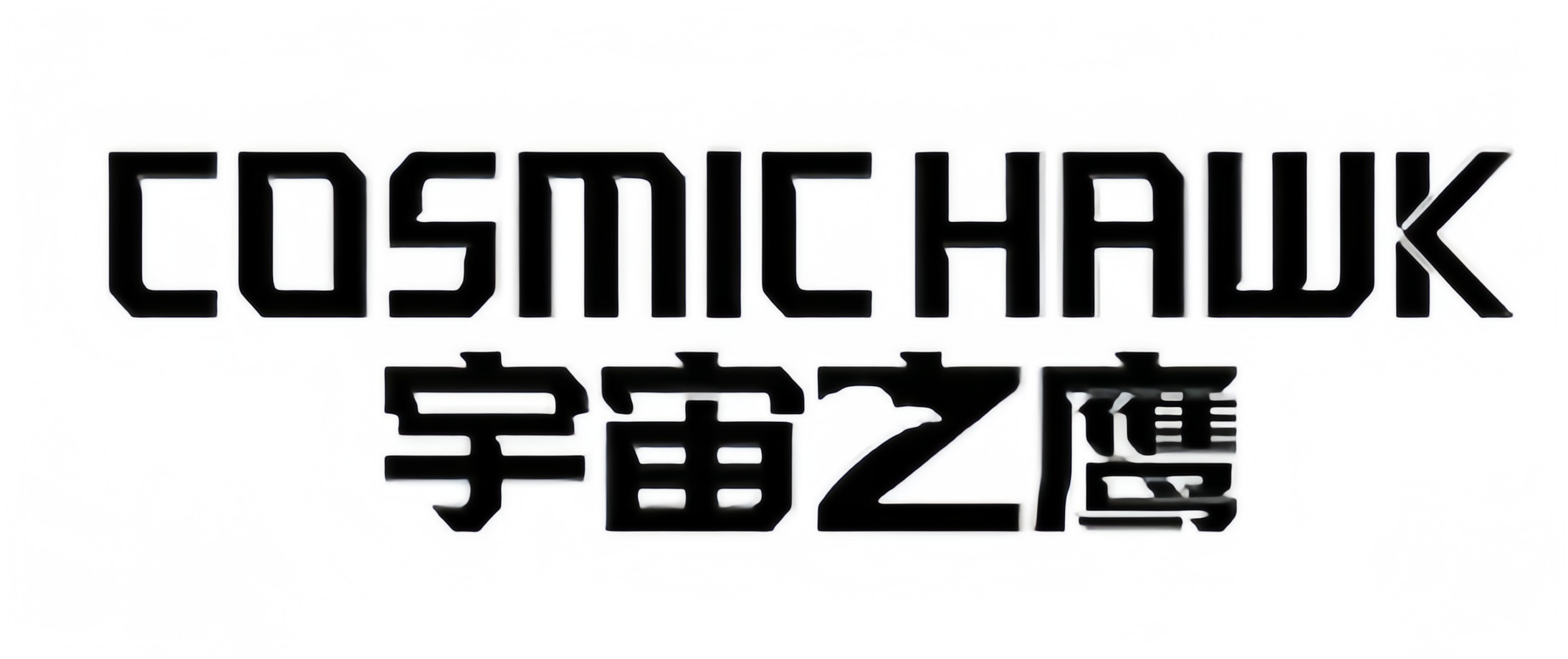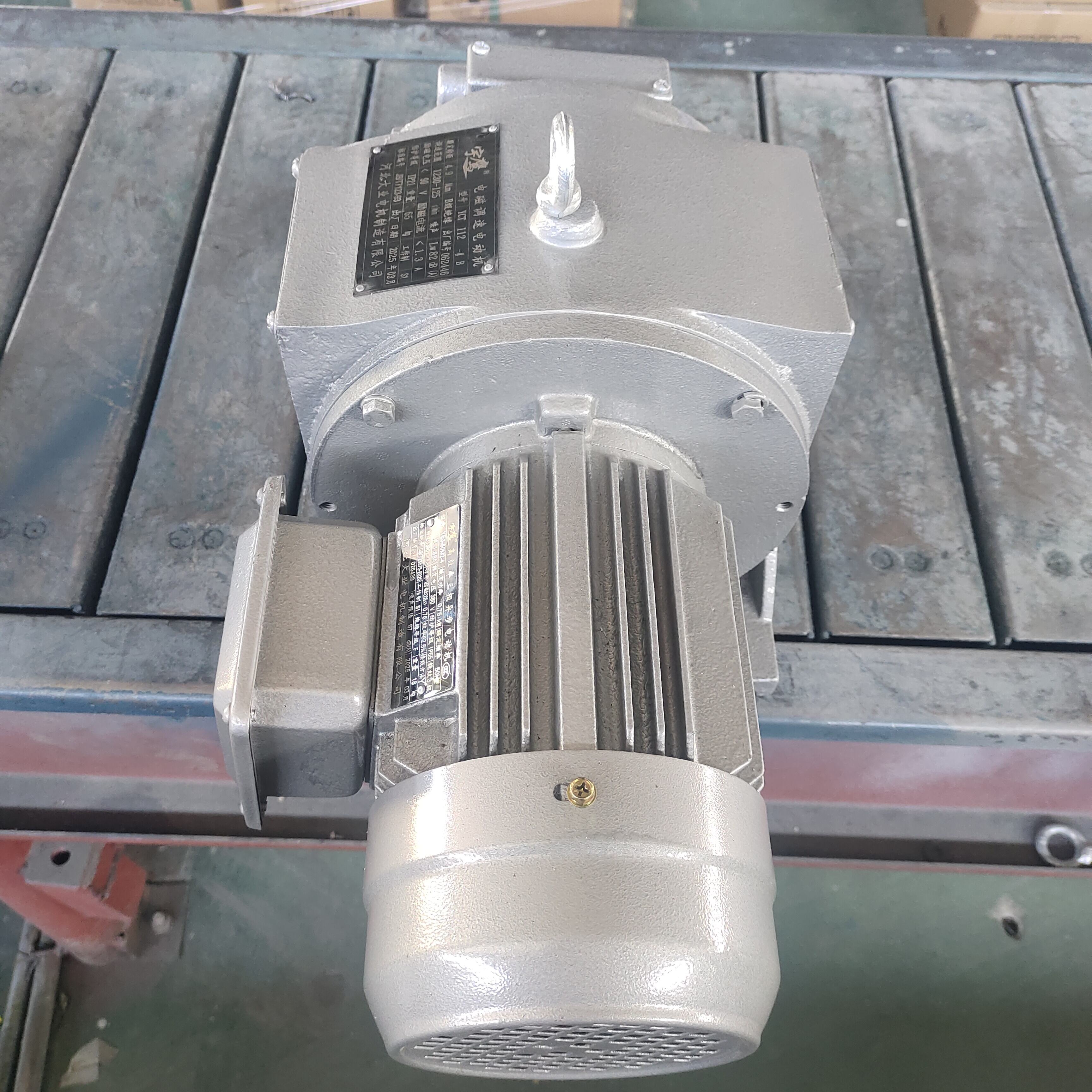تکنیکها و برنامههای تمیزکاری ایمن موتورها
برای اینکه موتورهای صنعتی در بهترین حالت کار کنند، باید یک برنامه منظم تمیزکاری بر اساس ساعات کارکرد روزانه این ماشینها تعیین کرد. بیشتر مراکز تولیدی متوجه شدهاند که رعایت این برنامهها باعث کارکرد روان ماشینها و همچنین افزایش عمر موتورهای گرانقیمت میشود. تیمهای نگهداری و تعمیرات باید حتماً از مواد تمیزکننده ناهمسان هنگام سرویس دستگاهها استفاده کنند، چون مواد همدیس میتوانند قطعات ظریف داخل موتور را خراب کنند. شرکتهای هوشمند به دنبال راههایی برای تمیز کردن موتورها بدون متوقف کردن خطوط تولید هستند. برخی از تولیدکنندگان تمیزکاری عمیق را در شیفت شب انجام میدهند که تقاضا کمتر است و برخی دیگر نگهداری را در فواصل استراحت بین تولید برنامهریزی میکنند. در نهایت، نتیجه همیشه یکسان است: توجه منظم به تمیزی موتورها نقش بسیار مهمی در افزایش عمر آنها و همچنین کارکرد روان کلی دارد.
پیشگیری از تجمع گرد و غبار در پوسته موتور
وقتی گرد و غبار درون جعبه موتورها تجمع پیدا میکند، کارایی موتورهای صنعتی و مدت زمانی که قبل از تعویض نیاز به کار کردن دارند، به شدت کاهش مییابد. استفاده از سیستمهای فیلتراسیون مناسب میتواند اکثر این ذرات ریز را از ورود به محفظه موتور جلوگیری کند. با این حال، فیلترها باید به طور منظم چک شوند، شاید هر چند ماه یکبار بسته به شرایط کارگاه، در غیر این صورت فیلترها مسدود شده و دیگر به خوبی کار نمیکنند. کارگاهها باید دستورالعملهای دقیقی را در مورد نحوه تمیز کردن این مناطق به صورت کتبی داشته باشند تا همه افراد از یک روش استاندارد استفاده کنند. برخی از مکانها حتی تمیزکاریهای عمیق منظم را در دورههای کمکاری برنامهریزی میکنند. نگهداشتن موتورها و اطراف آنها در حالت تمیز، باعث بهتر کار کردن موتورها در طول زمان میشود و در بلندمدت هزینههای زیادی را صرفهجویی میکند، چون هیچکس نمیخواهد به دلیل فراموش کردن تمیز کردن گرد و غباری که به مرور زمان مشکل بزرگی شده است، هزینه تعمیرات گرانقیمت را پرداخت کند.
کنترلهای محیطی برای نگهداری صنعتی
تنظیم کنترلهای مناسب محیطی، تفاوت بزرگی در جلوگیری از آسیبهای گرانقیمت به موتورهای صنعتی ایجاد میکند. نظارت بر دما و رطوبت در مناطق نگهداری و تعمیرات، موتورها را در برابر شرایط سختی که نباید با آن مواجه شوند، محافظت میکند. امروزه سنسورهایی نصب میکنیم تا از تغییرات ناگهانی دما و تجمع رطوبت جلوگیری کنیم، چون هر دو میتوانند به طور جدی عملکرد موتورها را تحت تأثیر قرار دهند. همچنین، گریز به سبک زندگی سبز، فقط برای سیاره خوب نیست، بلکه در نگهداری موتورها هم مفید است. روشهایی مانند تهویه مناسب و استفاده از روشنایی با بهرهوری انرژی، باعث بهتر کار کردن موتورها و کاهش همزمان اثر کربنی ما میشوند. وقتی شرکتها بتوانند محیطهای پایداری را در اطراف تجهیزاتشان حفظ کنند، بهبود واقعی در طول عمر موتورها و عملکرد کلی آنها را شاهد خواهند بود، که این موضوع با روتینهای منظم نگهداری همراهی میکند.

نظارت مؤثر بر دما و ارتعاشات
ایجاد اندازهگیریهای مبنای گرمایی
در نگهداری موتورها، برقراری یک خط مبنای حرارتی اهمیت زیادی دارد. وقتی محدودههای دمایی معمول برای انواع مختلف موتورها در حین عملکرد عادی مشخص میشود، این امر به تمدید عمر موتور و حفظ بهرهوری آن کمک میکند. دوربینهای مادون قرمز اندازهگیری دقیق دما را فراهم میکنند، بنابراین ما میتوانیم به سرعت هرگونه انحراف غیرعادی را شناسایی کنیم. نگه داشتن سابقه این اعداد مبنایی معقول است تا بتوانیم در آینده به آنها رجوع کنیم و با اندازهگیریهای جدید مقایسه کنیم. بازرسی منظم موتورها به ما اجازه میدهد الگوهای غیرطبیعی دما را تشخیص دهیم که ممکن است نشانههایی از مشکلات بزرگتری باشند. شناسایی به موقع این موارد به ما این امکان را میدهد که قبل از بروز خرابیهای گرانقیمت و توقفهای تولید، مشکلات را رفع کنیم.
تفسیر علائم هشدار دهنده از تغییرات دما
نگه داشتن دمای موتورها در طول زمان به شناسایی به موقع نقاط مشکلساز قبل از بروز خرابیهای جدی کمک میکند. زمانی که دما رفتارهای غیرطبیعی از خود نشان میدهد، اغلب نشانه این است که چیزی در زیر سطح موتور درست کار نمیکند، مانند یاتاقانهای فرسوده یا مسیرهای خنککننده مسدود شده. تنظیم نقاط هشداردهنده هم منطقی است. هنگامی که این نشانگرهای دمایی رد شوند، تیمهای نگهداری باید فوراً اقدام کنند. گاهی اوقات افراد معمولی نمیتوانند معنای الگوهای گرمایی عجیب را درک کنند. در این مواقع است که جذب متخصصان کارآمد میشود. این متخصصان الگوهایی را میبینند که بیشتر افراد نادیده میگیرند و مشکلات را در مراحل اولیه قبل از وقوع خرابیهای بزرگ شناسایی میکنند. سلامت موتور واقعاً به داشتن فردی متکی است که با دادههای حرارتی آشنا باشد و بداند چه معنایی از این اندازهگیریها در عمل بر میآید.
انجام تحلیل ارتعاشات برای تشخیص زودهنگام خرابی
تجزیه و تحلیل ارتعاش به شناسایی مشکلات موتور کمک میکند، خیلی قبل از اینکه به مشکلات جدی تبدیل شوند. این سنسورها هر روز تمام روز کارکرد موتورها را زیر نظر دارند و در صورت بروز هر مشکلی فوراً اطلاعرسانی میکنند. وقتی تیم ما یاد میگیرد چگونه دادههای این سنسورها را تفسیر کند، میتواند علائم هشداردهنده را هفتهها یا حتی ماهها قبل از بروز مشکل واقعی متوجه شود. ما بازرسیهای ماهانه را به عنوان بخشی از فرآیند استاندارد نگهداری و تعمیرات خود در نظر گرفتهایم، بنابراین این کار تنها یک مورد دیگر در فهرست چکهای ما محسوب میشود و نیازی به یک رویه خاص ندارد. تشخیص به موقع مشکلات کوچک به معنای بروز خرابیهای کمتر در ساعات تولید است که این امر مورد قدردانی همگان قرار میگیرد. کل سیستم باعث شده است تا کارخانه ما اخیراً به صورت روانتری کار کند، به خصوص در ماههای تابستان که تجهیزات تمایل بیشتری به کار سخت دارند.
رویههای روانکاری برای موتورهای صنعتی
انتخاب صحیح روانکارها برای قطعات موتور
انتخاب روغنهای مناسب برای قطعات موتور، تفاوت بزرگی در راهاندازی روان و دوام بیشتر آنها ایجاد میکند. اول از همه، مواد تشکیلدهنده این قطعات موتوری را بررسی کنید و دستورالعملهای تولیدکننده را مطالعه نمایید. اکثراً مشخصات کارخانه بهخوبی مشخص میکنند که چه نوع روغنی برای هر قطعه بهتر است. نادیده گرفتن این مرحله اغلب منجر به فرسایش زودرس میشود، چون قطعات به آنچه نیاز دارند دست نمییابند. حال آنکه در انتخاب بین گریس و روغن، تفاوتهای قابل توجهی وجود دارد. گریس تمایل دارد تا مدت بیشتری روی یاتاقانها و سایر قطعات ثابت باقی بماند، در حالی که روغن جریان بهتری برای قطعاتی که میچرخند یا سریع حرکت میکنند دارد. بسیاری از دسترسهای تعمیراتی در واقع محدودههای ویسکوزیته پیشنهادی را برای شرایط مختلف کاری فهرست میکنند. صرف زمان برای مقایسه این استانداردهای صنعتی با تجربیات واقعی، از اشتباهات گرانقیمت در آینده جلوگیری میکند. در نهایت، هیچکس نمیخواهد قطعات گرانقیمت موتور را به دلیل استفاده از روغن نادرست زودتر از موعد تعویض کند.
فاصلههای زمانی و تکنیکهای بهینه روانکاری
دریافت برنامه زمانی مناسب برای روانکاری موتورها واقعاً به نوع کاری که انجام میدهند و محل قرارگیریشان بستگی دارد. دانستن زمان مناسب برای اعمال گریس بسیار مهم است، زیرا مقدار کم آن باعث خشک شدن قطعات و مقدار زیاد آن میتواند مشکلاتی مانند افزایش دمای بیش از حد را ایجاد کند. استفاده از اپلیکیتورهای با کیفیت، تفاوت زیادی در پخش صحیح روانکار در یاتاقانها و سایر قطعات متحرک ایجاد میکند، به جای اینکه برخی مناطق کاملاً فراموش شوند. وقتی کارگران یاد میگیرند که نشانههای اولیه مانند سر و صدای غیرعادی از موتورها یا افزایش غیرطبیعی دما در اطراف برخی قطعات را تشخیص دهند، میتوانند مشکلات احتمالی را قبل از تشدید آن شناسایی کنند. هدف اصلی این است که از آن شکستهای غیرمنتظره گران قیمت جلوگیری شود و همچنین بازرسیهای مرتبهای منظم را در طول زمان سریعتر و سادهتر کنیم.
جلوگیری از آسیب ناشی از روانکاری بیش از حد
مقدار زیادی روغن کاری همچنان یکی از مشکلات پنهانی محسوب میشود که باعث داغ کردن موتورها و نشت روغن در همه جا میگردد و در نهایت قطعات داخلی را فرسوده میکند. آموزش تکنسینها در مورد اتفاقاتی که هنگام استفاده بیش از حد از گریس رخ میدهد، باید بخشی از هر برنامه نگهداری باشد. بررسی مقدار روغن موجود در یاتاقانها در حین بازرسیهای دورهای، شناسایی بهتر تجمع بیش از حد روغن را قبل از بروز مشکل امکانپذیر میکند. تعیین محدودیتهای مشخص برای مقدار گریسی که در هر قطعه در حین سرویس استفاده میشود، از بروز این مشکلات از ابتدا جلوگیری میکند. رعایت دقیق این موارد باعث میشود موتورها مدت بیشتری بین دو تعمیر با کیفیت کار کنند، هزینههای تعمیر کاهش یابد و خطوط تولید بدون توقفهای غیرمنتظره به کار خود ادامه دهند.
بررسی و محکم کردن اتصالات ترمینال
نگه داشتن اتصالات ترمینال تمیز و محکم، تفاوت اساسی در نحوه هدایت الکتریسیته توسط موتورهای صنعتی ایجاد میکند. فرآیند بازرسی در واقع به این معنی است که این نقاط را از هرگونه گرد و غبار و چربی که با گذشت زمان روی آنها جمع میشود و باعث کاهش عملکرد میگردد، پاک نگه داریم. خوردگی نیز یکی دیگر از موارد مهمی است که باید به آن توجه کرد، زیرا با شروع خوردگی و تخریب اتصالات، موتورها تمایل به خرابی غیرمنتظره پیدا میکنند و در نتیجه مشکلات بزرگی را در حین عملیات ایجاد میکنند. بیشتر تکنسینها به هر کسی که گوش میدهد، توصیه میکنند که در هنگام محکم کردن اتصالات، دقت کنند تا گشتاور تعیین شده توسط سازنده را رعایت کنند. رعایت دقیق این موارد از ایجاد اتصالات شل جلوگیری میکند که میتواند در نهایت منجر به خرابیهای ناخواسته شود که هیچکس دوست ندارد با آن روبرو شود.
اجرا کردن بهروزرسانیهای فirmware برای موتورهای مدرن
پیگیری بهروزرسانیهای فirmware از سوی تولیدکنندگان واقعاً اهمیت دارد، به شرطی که بخواهیم موتورهایمان با بهترین عملکرد کار کنند و از تمام امکانات جدیدی که ارائه میدهند استفاده کنیم. شرکتها باید زمان اجرای این بهروزرسانیها در سراسر کل تجهیزات خود، نوعی روال استاندارد را ایجاد کنند. این امر به حفظ یکدستی در میان ماشینهای مختلف کمک میکند و در بلندمدت زمان نیز صرفهجویی میکند. آموزش کارکنان هم فقط یک امر اختیاری نیست، بلکه کاملاً ضروری است تا عملیات به خوبی انجام شود. وقتی کارگران درک کنند که چرا بهروز کردن نرمافزار اهمیت زیادی دارد، در زمان بازرسیهای نگهداری به انجام آن غیر از این امر اقدام نخواهند کرد. حقیقت این است که بهروزرسانیهای منظم از خرابیهای غیرمنتظره و ناگهانی جلوگیری میکنند و همچنین اطمینان حاصل میشود که سیستمهای ما با فناوریهای جدید موتوری که در آینده ظاهر میشوند سازگار باقی میمانند. ما شاهد بودهایم که کارخانهها پس از ایجاد پروتکلهای مناسب بهروزرسانی، زمان توقف خود را تا حدود 30٪ کاهش دادهاند.
آزمون مقاومت عایقی و یکپارچگی سیمپیچ
آزمون مقاومت عایقی و بررسی سلامت سیمپیچها به صورت منظم در شناسایی مشکلات الکتریکی قبل از وقوع آنها امری ضروری است. این بازرسیهای دورهای میتوانند نقاط ضعیف در عایقبندی را که ممکن است در آینده باعث اتصال کوتاههای جدی شوند، شناسایی کنند. برای عملکردی مطمئن، تکنسینها باید وضعیت سیمپیچها را از طریق روشهای استاندارد آزمون ارزیابی کنند تا موتورها همواره در محدودههای ایمن خود کار کنند. همچنین باید تمام یافتههای این آزمونها در سابقه نگهداری تجهیزات ثبت شوند. پیگیری تغییرات این اندازهگیریها در طول ماهها و سالها، بینشهای ارزشمندی نسبت به روند سلامت تجهیزات فراهم میکند. این دادههای تاریخی به کارکنان نگهداری اجازه میدهند تا زمانبندی بازرسیها را تنظیم کنند و یا قطعات را پیش از بروز خرابی به صورت پیشگیرانه تعویض کنند، نه اینکه پس از وقوع مشکل به صورت واکنشی اقدام به تعمیر کنند.
راهبردهای نگهداری تشخیصی و پیشگیرانه
تحلیل لاگهای عملیاتی به منظور شناسایی روندهای عملکرد
نگه داشتن سوابق خوب از نحوه کارکرد تجهیزات در طول زمان به پیگیری عملکرد گذشته و یافتن الگوهایی کمک میکند که نشانگر زمان مناسب برای تعمیرات هستند. وقتی اپراتورها تمامی جزئیات مربوط به عملیات روزانه را یادداشت میکنند، دفترچه تاریخی ایجاد میشود که نشان میدهد چه مشکلاتی به طور مکرر یا غیرمنتظره رخ میدهند. با استفاده از نرمافزارهای تحلیل مدرن، تکنسینها میتوانند نوسانات غیرعادی در اعداد عملکردی را شناسایی کنند و این امر باعث بهتر شدن تصمیمات تعمیراتی میشود. سیستمهایی مانند برنامههای مدیریت تعمیرات (CMMS) به تیمها این امکان را میدهند که روندها را بسیار سریعتر از روشهای قدیمی مانند جستجو در پروندههای کاغذی مشاهده کنند. مزیت واقعی این است که بتوان پیشبینی کرد قطعات وقتی خراب میشوند قبل از اینکه واقعاً اتفاق بیفتد و همچنین تصمیمات بهتری در مورد تعمیرات گرفت. تشخیص این الگوها به مدیران کارخانه اطلاعات ارزشمندی برای تهیه برنامههای تعمیراتی قویتر ارائه میدهد. این رویکرد باعث میشود موتورهای صنعتی مدت زمان بیشتری بین دو تعمیر کار کنند و توقفهای غیر برنامهریزی شده که هزینهبر و باعث تاخیر در تولید میشوند کاهش یابند.
ایجاد برنامههای نگهداری سفارشی
بیشترین بهرهوری از موتورها، تنظیم برنامههای نگهداری و تعمیرات بر اساس نحوه استفاده واقعی هر موتور در عملیات روزانه است. کاربردهای مختلف فشارهای متفاوتی روی تجهیزات وارد میکنند، بنابراین نگهداری عمومی دیگر کارایی لازم را ندارد. وقتی به آنچه در عمل اتفاق میافتد نگاه میکنیم، بعضی از موتورها بدون وقفه کار میکنند در حالی که برخی دیگر هفتهها ایستاده میمانند. ابزارهای نگهداری پیشبینانه به شناسایی مشکلات از همان ابتدا کمک میکنند، قبل از اینکه مسائل کوچک به سردرد بزرگی تبدیل شوند. مشارکت همه افراد در تنظیم این برنامهها هم تفاوت بزرگی ایجاد میکند. اپراتورها، تکنسینها و حتی مدیریت باید در مورد زمان و دلیل اهمیت نگهداری همراه و هماهنگ باشند. برنامههای واقعبینانهای که برای همه دخیل معنادار باشند، معمولاً بیشتر پایدار میمانند تا آن دسته که از بالا بدون توضیح یا همراهی اعمال میشوند.
برنامهریزی جایگزینی پیشگیرانه قطعات
تعویض قطعات قبل از خراب شدن آنها باعث میشود موتورهای صنعتی بهطور مداوم و قابل اعتماد کار کنند. وقتی شرکتها قواعدی برای تعویض قطعات بر اساس میزان فرسودگی آنها از طریق بازرسیهای منظم و همچنین بررسی سابقه خرابیهای گذشته وضع میکنند، تعداد خرابیهای غیرمنتظره کاهش مییابد. ما به انبارهای مناسبی از قطعات یدکی نیاز داریم تا در زمانی که باید چیزی را تعویض کرد، توقفهای طولانی در تولید ایجاد نشود. آموزش تیمهای تعمیر و نگهداری به منظور تشخیص بهموقع علائم فرسودگی نیز اهمیت دارد. آنها یاد میگیرند در هنگام بازرسی چه چیزهایی را دنبال کنند و هنگامی که قطعهای نیاز به تعویض دارد، از قبل برنامهریزی کنند. هدف این است که مشکلات قبل از بروز خرابی کامل حل شوند. به این ترتیب موتورها طولانیتر دوام میآورند، کارخانهها روز به روز بهتر کار میکنند و هیچکس با صورتهای پیشبینینشده از هزینههای تعمیر مواجه نمیشود که همیشه در بدترین زمان ممکن رخ میدهند.
راهنمای نصب فیزیکی و دستورالعملهای عملیاتی
استانداردهای رقومبندی و نصب مناسب موتور
درست کردن موتورها فقط یک روش خوب نیست، بلکه در صورتی که بخواهیم از انواع مشکلات عملیاتی در آینده جلوگیری کنیم، تقریباً ضروری است. وقتی متخصصان از دستورالعملهای هممحوری ارائه شده توسط سازندگان پیروی میکنند، عملکرد بهتری در طول زمان و طول عمر بیشتری برای تجهیزات فراهم میشود. امروزه بیشتر کارگاهها به ابزارهای هممحوری لیزری متکا هستند، چون این ابزارها واقعاً باعث کاهش مشکلات ارتعاشی و سروصداهای عجیب ناشی از موتورهای دچار اختلال میشوند. همچنین فراموش نکنید اعداد مربوط به هممحوری را جایی یادداشت کنید. حتی در این عصر دیجیتال، استفاده از سوابق کاغذی همچنان بسیار موثر است. داشتن این یادداشتها زمانی که کسی بخواهد دوباره چک کند یا مشکلی در راهاندازی ایجاد شده باشد، کار را بسیار سادهتر میکند.
مدیریت ظرفیت بار برای بهرهوری بلندمدت
انتخاب ظرفیت بار مناسب برای موتورها بر اساس مشخصات فنی آنها، اهمیت زیادی در حفظ کارایی آنها در طول زمان دارد. وقتی موتورها با بار مناسب کار کنند، از تنشهای غیرضروری که اغلب منجر به خرابی قبل از عمر مورد انتظار میشود، جلوگیری میکنند. نکته کلیدی در اینجا انجام بازرسیهای منظم از سطح بار نسبت به دستورالعملهای تولیدکننده به منظور جلوگیری از شرایطی است که موتورها دچار بارگذاری بیش از حد شوند. آموزش پرسنل در مورد نحوه تأثیر انواع بارها بر عملکرد موتور در طول عملیات روزانه نیز بسیار مهم است. کارکنانی که این روابط را درک میکنند، معمولاً مشکلات را زودتر تشخیص میدهند و تصمیمات بهتری در مورد برنامههای نگهداری اتخاذ میکنند و در نهایت هزینهها را کاهش داده و عمر تجهیزات را در محیطهای صنعتی مختلف افزایش میدهند.
رویههای نگهداری و انبارداری موتورهای یدکی
درک نحوه صحیح دستکاری و نگهداری موتورهای یدکی بهخوبی میتواند تفاوت ایجاد کند و از آسیب دیدن آنها جلوگیری کند و عمر مفیدشان را افزایش دهد. وقتی افراد این موتورها را بهصورت ایمن جابجا میکنند، ضربهها و برخوردهای کوچک که ممکن است قطعات ظریف داخلی را خراب کنند، کاهش مییابند. در مورد نگهداری، یافتن مکانهای مناسب نیز بسیار مهم است. موتورها به یک محل خشک و پایدار نیاز دارند که دمای آن بهصورت شدید تغییر نکند. رطوبت و گرد و غبار در طول زمان مشکلات جدی ایجاد میکنند و باعث کاهش عملکرد موتور میشوند. البته کارکنان باید حتماً در این موارد آموزش ببینند. یک کمی آموزش عملی میتواند بهخوبی کمک کند تا همه افراد دقیقاً بدانند چگونه با موتورهای یدکی رفتار کنند تا زمانی که دوباره در تولید مورد استفاده قرار گیرند، در شرایط ایدهآل باقی بمانند.
بخش سوالات متداول
بهترین روشهای تمیز کردن موتورهای صنعتی چیست؟
بر اساس ساعات کاری، یک برنامه را برای تمیز کردن بهخوبی تعیین کنید، از مواد تمیزکننده ناهمدیر استفاده کنید و تمیز کردن را در ساعات غیرفعال انجام دهید تا حداقل توقف بهرهبرداری را داشته باشید.
چگونه میتوان از تجمع گرد و غبار در بدنه موتور جلوگیری کرد؟
نصب سیستمهای فیلتراسیون مناسب، بازرسی منظم و تعویض فیلترها و اجرای پروتکلهای تمیزکاری برای تکنسینها.
تجزیه و تحلیل ارتعاشات چرا در نگهداری موتورهای صنعتی مهم است؟
تجزیه و تحلیل ارتعاشات به تشخیص زودهنگام خرابی موتورها از طریق نظارت بر ارتعاشات عملیاتی کمک میکند. آموزش کارکنان در مورد این تحلیل میتواند از اختلالات جلوگیری کند و قابلیت اطمینان را افزایش دهد.
چگونه باید روغنهای مخصوص موتورهای صنعتی را انتخاب کنم؟
روغنها را بر اساس مواد تشکیلدهنده قطعات موتور، توصیههای سازنده و استانداردهای صنعتی انتخاب کنید. تفاوتهای بین گریسها و روغنها را درک کنید.
فهرست مطالب
- تکنیکها و برنامههای تمیزکاری ایمن موتورها
- پیشگیری از تجمع گرد و غبار در پوسته موتور
- کنترلهای محیطی برای نگهداری صنعتی
- نظارت مؤثر بر دما و ارتعاشات
- رویههای روانکاری برای موتورهای صنعتی
- بررسی و محکم کردن اتصالات ترمینال
- اجرا کردن بهروزرسانیهای فirmware برای موتورهای مدرن
- آزمون مقاومت عایقی و یکپارچگی سیمپیچ
- راهبردهای نگهداری تشخیصی و پیشگیرانه
- راهنمای نصب فیزیکی و دستورالعملهای عملیاتی
- بخش سوالات متداول


